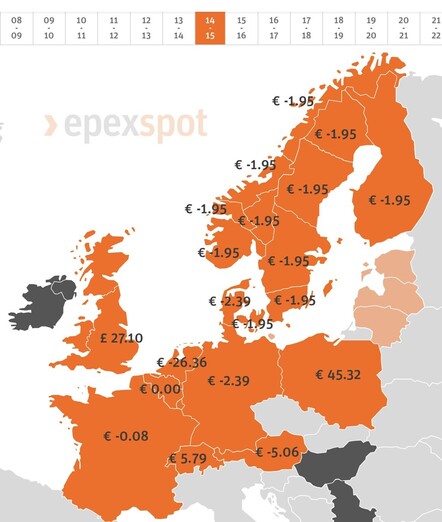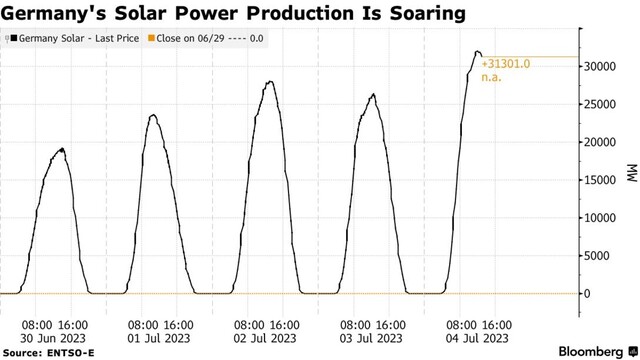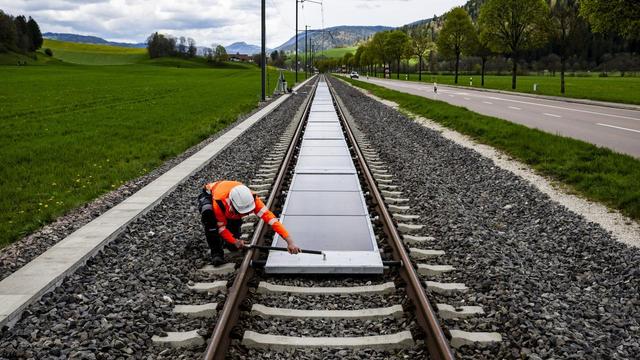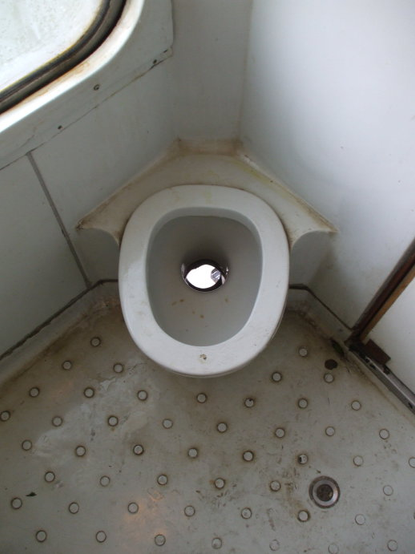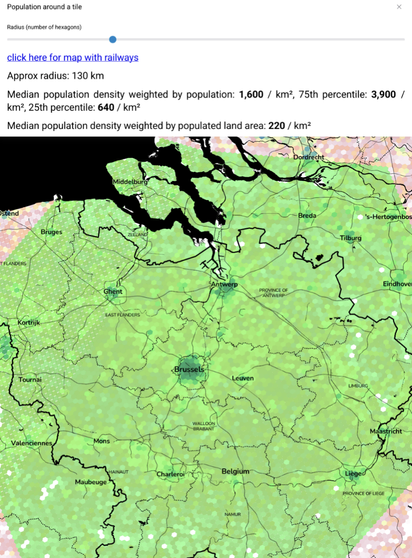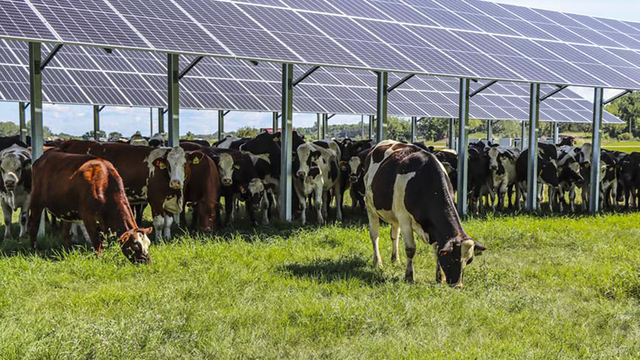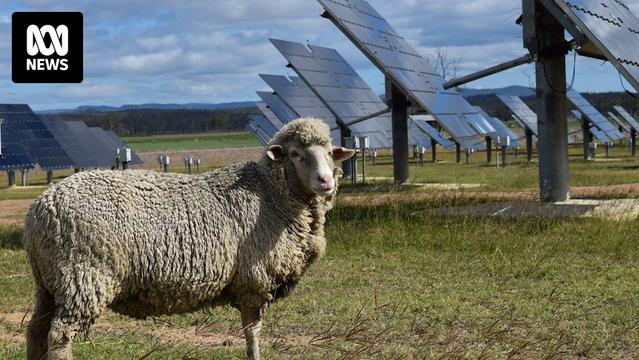https://twitter.com/gerardreid14/status/1662356280042766336
https://twitter.com/gerardreid14/status/1662356280042766336
☀️⚡️ Everyone in Switzerland agrees we need more solar. But often, there's disagreement about where to put the panels without impacting the landscapes too much.
🛤️ Looking back, this one is a no-brainer, why not lay them down between train rails: there's already a strong connection to the grid, and it's infrastructure that's already ‘built’.
🇨🇭 First segment of the tracks got inaugurated today in canton Neuchâtel.
https://www.rts.ch/info/regions/neuchatel/2025/article/la-premiere-centrale-solaire-sur-rails-a-ete-inauguree-dans-le-canton-de-neuchatel-28863275.html
Supplier: https://www.sun-ways.ch
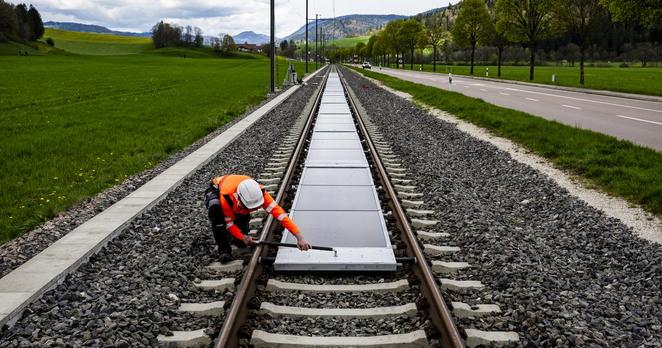
La première centrale solaire sur rails a été inaugurée dans le canton de Neuchâtel
C'est un projet inédit en Suisse: la première centrale solaire amovible sur une voie ferrée ouverte au trafic ferroviaire a été inaugurée jeudi à Buttes, dans le canton de Neuchâtel. Des trains voyageurs vont donc circuler par-dessus une installation photovoltaïque.
